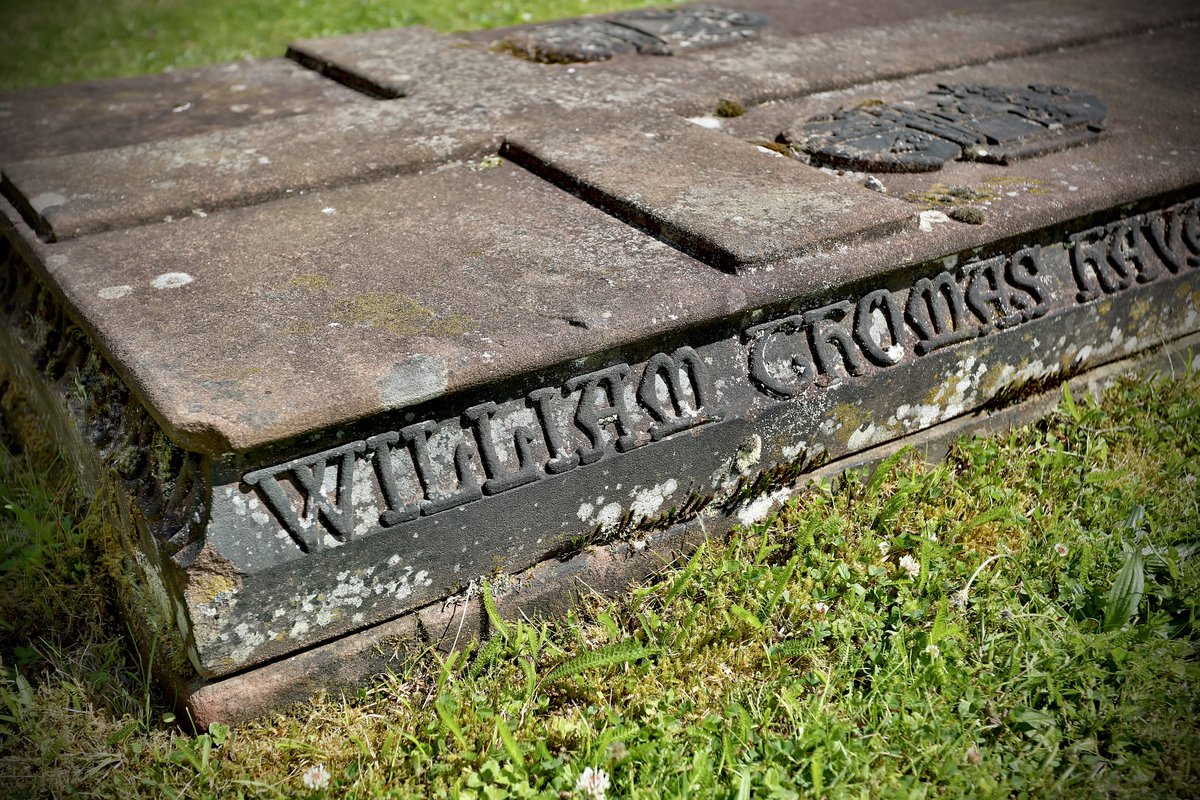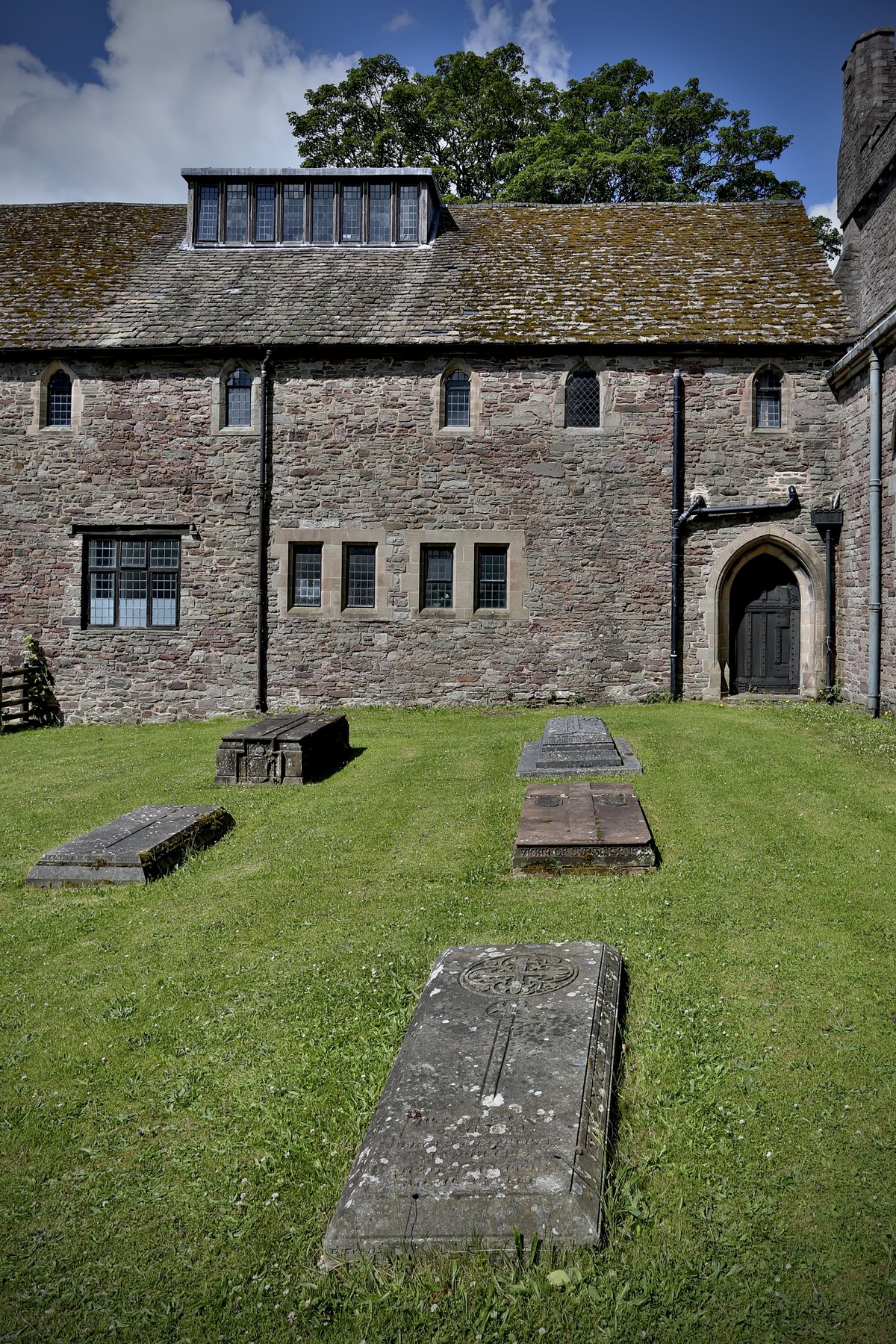Bishops' graves

Benjamin Noel Young Vaughan was born on 25th December 1917. Vaughan took his first degree at St David’s University college in Lampeter, and then later went onto study at St Edmund Hall, Oxford and Westcott House, Cambridge, where he trained for ordination. He taught at Codrington College, the Anglican theological college in the West Indies, and from 1955-61 was Dean of Trinidad. In 1971, Vaughan became dean of Bangor and assistant bishop in the Bangor diocese, giving assistance to the Archbishop of Wales, Gwilym Williams. In 1976, Vaughan was then elected Bishop of Swansea and Brecon, a post that he held until his retirement in 1987. He died in 2003, aged 86.
Edward Williamson was born on 22nd April 1892, as the only son of Edward Williamson, a solicitor in Cardiff, and his wife Florence Frances Tipton. From Wells Theological College, he was ordained deacon in 1914 and served as curate of St. Martin, Potternewton (Yorkshire) from 1915 to 1917. Williamson was ordained priest in 1916. He was consecrated Bishop of Swansea and Brecon in Bangor cathedral by the Archbishop of Wales. Although he was not born in Wales he loved the country and became involved in the National Eisteddfod when it was at Ystradgynlais (1954). He wrote extensively on ecclesiastical architecture and broadcast a lecture on the poet Henry Vaughan on the BBC. He died 23rd September 1953.
Edward Latham Bevan was the first Bishop of Swansea and Brecon. Bevan was privately educated and studied for a Bachelor of Arts at Hertford College, Oxford, where he graduated in 1884. Bevan was ordained deacon in 1886 and priest in 1887. In 1897, he became vicar of Brecon, succeeding his father, William Latham Bevan, as archdeacon in 1907. Bevan devoted much time and money to the enrichment of the Cathedral at Brecon and is remembered particularly for his work amongst men and boys. He died at Weymouth on 2nd February 1934 and was buried at Brecon in the Cathedral precincts.
William Thomas Harvard was born at Neuadd Defynnog, Breconshire in 1889 and was the 3rd son of the deacon of Tabernacl Chapel, Defynnog. Ordained by John Owen, Bishop of St. Davids in 1913, Harvard became a priest there a year later. During WWI, he was a chaplain and was awarded the Military Cross in 1917. He became well known as a rugby player at Aberystwyth, winning a cap for Wales against New Zealand in 1919. He acted as Curate of Brecon (1921-22) and later as a canon at Brecon Cathedral (1930-34). He served as bishop of St Asaph (1934-50) and St Davids (1950-6). He died in 1956, aged 66 in Gwbert-on-Sea.
Wilfred Seymour de Winton was born in Llanfrynach, Breconshire in 1856. During early adulthood De Winton worked in banking in Pembrokeshire, becoming a director of Lloyds Bank. In 1898 he wrote a series of essays concerning the reformation of the modern church. He became lay founder of the Diocese of Swansea and Brecon in 1923. He was also a major benefactor of the National Museum of Wales, and in 1917 and 1919, gave the museum over two thousand items of continental porcelain. He died in 1929, aged 73 in Brighton.

There are 14 different stories on the trail. You can explore them in any order. Just point your phone camera at the QR code when you spot the Cathedral logo. You can download the trail map here.